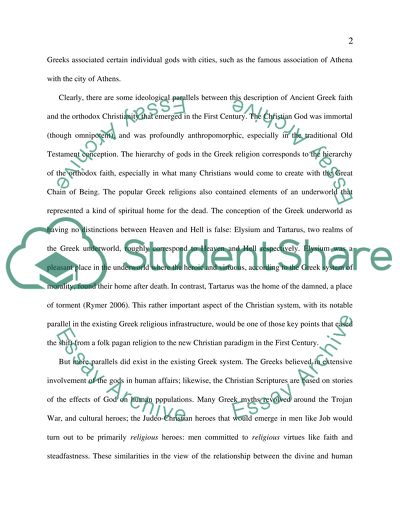Cite this document
(Background of Christianity Development Essay Example | Topics and Well Written Essays - 1750 words, n.d.)
Background of Christianity Development Essay Example | Topics and Well Written Essays - 1750 words. https://studentshare.org/religion-and-theology/1558738-discuss-the-greek-background-into-which-christianity-developed-during-the-first-century-adand-discuss-the-jewish-bckground-into-which-christianity-was-born-uring-the-first-century-ad
Background of Christianity Development Essay Example | Topics and Well Written Essays - 1750 words. https://studentshare.org/religion-and-theology/1558738-discuss-the-greek-background-into-which-christianity-developed-during-the-first-century-adand-discuss-the-jewish-bckground-into-which-christianity-was-born-uring-the-first-century-ad
(Background of Christianity Development Essay Example | Topics and Well Written Essays - 1750 Words)
Background of Christianity Development Essay Example | Topics and Well Written Essays - 1750 Words. https://studentshare.org/religion-and-theology/1558738-discuss-the-greek-background-into-which-christianity-developed-during-the-first-century-adand-discuss-the-jewish-bckground-into-which-christianity-was-born-uring-the-first-century-ad.
Background of Christianity Development Essay Example | Topics and Well Written Essays - 1750 Words. https://studentshare.org/religion-and-theology/1558738-discuss-the-greek-background-into-which-christianity-developed-during-the-first-century-adand-discuss-the-jewish-bckground-into-which-christianity-was-born-uring-the-first-century-ad.
“Background of Christianity Development Essay Example | Topics and Well Written Essays - 1750 Words”. https://studentshare.org/religion-and-theology/1558738-discuss-the-greek-background-into-which-christianity-developed-during-the-first-century-adand-discuss-the-jewish-bckground-into-which-christianity-was-born-uring-the-first-century-ad.


